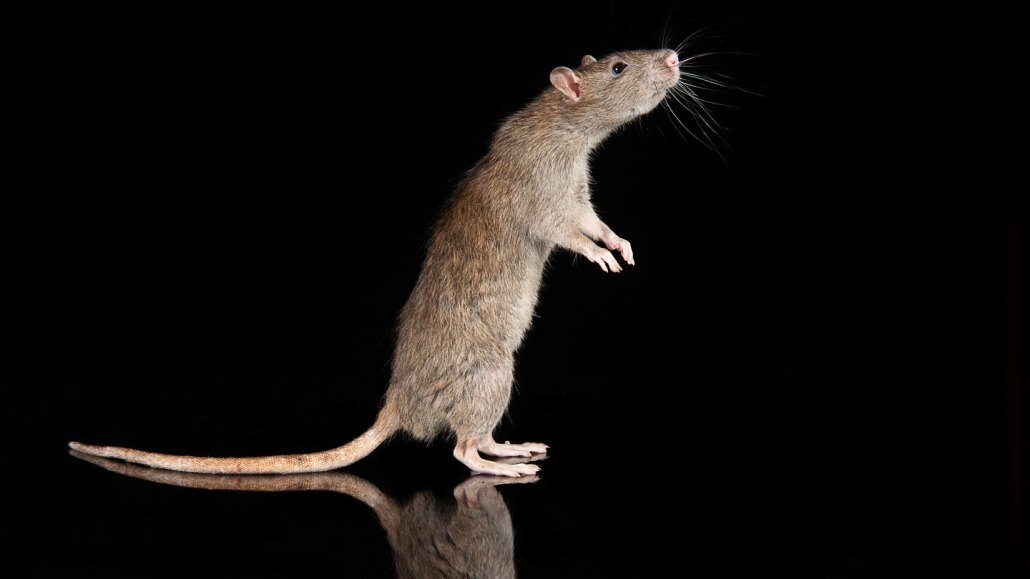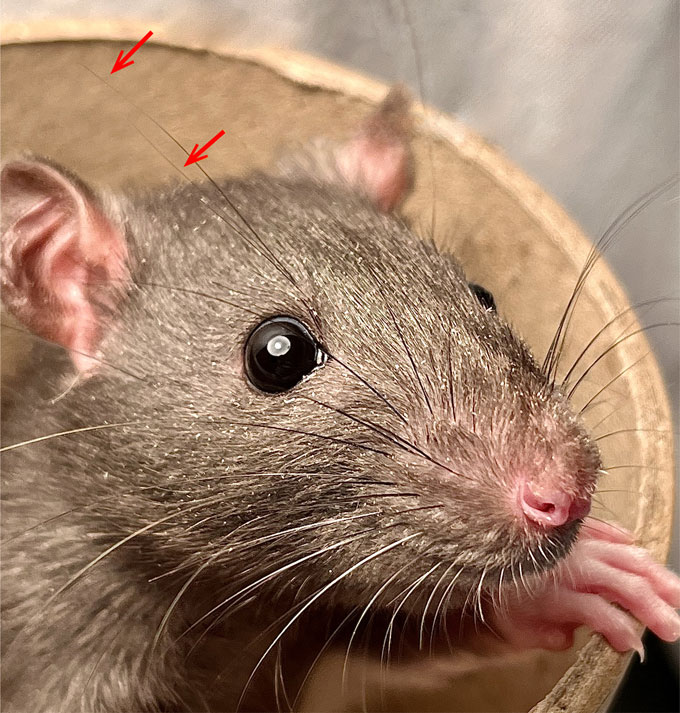
Rats’ faces bristle with highly sensitive whiskers that are primarily used for feeling around their surroundings. But wispy whiskers above their eyes may be especially adept at detecting faint air movements.
Alan Tunnicliffe Photography/Moment/Getty Images Plus







